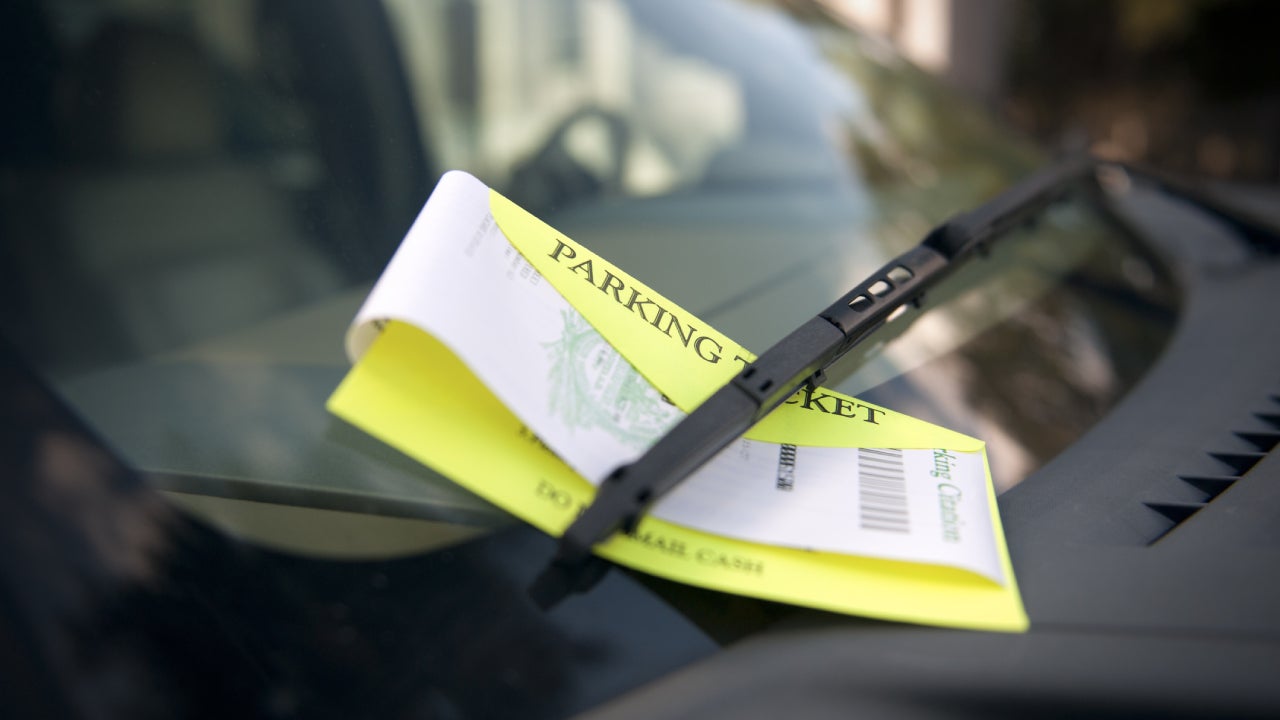Key takeaways
- Driver’s licenses are most often suspended for serious or repeated driving violations or failure to make important legal payments, such as ticket fines or child support, in a timely manner.
- To find out why your license was suspended, reach out to your state’s Department of Motor Vehicles (DMV).
- To reinstate your license, you may need to pay a reinstatement fee, wait out a mandatory suspension period or both.
- Driving while your license is suspended could lead to further legal consequences and insurance rate hikes. Work closely with your insurance provider to avoid this.
In general, you should receive ample notification if you’re at risk of losing your driver’s license — but in some cases, you could see your license suspended without a clear explanation as to why. If that’s happened to you, it’s important to follow up with the DMV to understand the reason for the suspension and take steps to reinstate your license as quickly as possible.
How to find out why your license is suspended
If your driver’s license has been suspended and you’re not sure why, the quickest way to determine why your license is suspended is to log into your state’s DMV website and check your license status. If your DMV portal doesn’t provide clarity, reach out to the DMV for an explanation of why your license was suspended.
You may also want to speak with your insurance company to explain the situation and ask about options for adjusting your coverage while you’re unable to drive.
The most common reasons for license suspension
Depending on where you live, there is a long list of reasons why your license might be suspended. State laws govern license suspensions, leading to different criteria for suspending an individual’s driving privileges. In general, there are driving-related and finance-related suspensions.
Driving-related license suspensions
Driving-related license suspensions occur when you violate the laws of the road. Examples of this include:
- Driving without insurance: Almost all states require each driver to carry a minimum amount of liability insurance (and in some cases, other types of coverage) to drive legally. If you are caught driving without the minimum amount of insurance required by law, your license could be suspended.
- Driving under the influence: If a driver is under the influence of drugs or alcohol while driving or operating a vehicle, this is considered driving under the influence (DUI). It may also be referred to as driving while intoxicated (DWI) or operating while impaired (OWI). Each state has its own language and definitions surrounding this illegal behavior. Someone convicted of a DUI risks the chance of license suspension.
- Reckless driving: The definition of reckless driving varies, but it generally refers to operating a motor vehicle without regard for the life and safety of yourself and others on the road. It does not necessarily mean an accident or property damage occurred, but it does mean the driving was considered dangerous. Excessive speeding, racing another vehicle and passing a vehicle when there is oncoming traffic are all examples of reckless driving.
- Failure to report an accident: Some states also suspend your license if you fail to report an accident. For instance, you’ll lose your license in California if you don’t fill out an SR-1 with the DMV within 10 days of an accident.
- Repeated violations: Most states follow a violation points system which allows the DMV to suspend your license if you earn a certain number of points on your license in a short time. Even if your state doesn’t have a points system, repeated violations could lead to a suspension of your driving privileges if you rack up too many tickets in a given period.
Finance-related license suspensions
Driving-related issues aren’t the only reasons you might lose your license. Your license may also be suspended for financial reasons.
- Missing child support payments: Some states will revoke your license if you are delinquent — or entirely skip — your child support obligations.
- Failure to pay traffic tickets: If you have been ordered to pay a ticket like a parking ticket or toll road violation and you fail to pay the fine, you could end up with your license suspended.
- Failure to pay financial obligations from an accident: If you are determined to be at fault in an accident and fail to meet your financial obligations for property damage or injuries, your license could be suspended.
- You are the subject of a civil suit from an accident: If you were considered at fault in an accident and named in a civil suit as a result, some states will suspend your license.
- Failure to pay student loans: If you fail to pay back your student loans, you may be at risk of license suspension in states like Iowa, Montana and Oklahoma.
Additional reasons for license suspension
Driving-related or financial-related suspensions are relatively straightforward, but this doesn’t mean the lists above are all-inclusive. There are several other instances where you could face a driver’s license suspension, such as:
- Illegal use of a license: If you share your license with a friend so they can purchase alcohol or enter a club while underage, the illegal use of the license can result in a suspension. Plus, misusing your legal ID for false pretenses could result in suspension.
- Fleeing from a police officer: Attempting to flee or elude a police officer may be grounds for reckless driving in some states, but it could also lead to an automatic license suspension without a reckless driving conviction.
- Failure to appear in court: In some states, you could receive a license suspension if you are ordered to appear in court and fail to do so. This could be for any reason, even if the court appearance is unrelated to a driving incident.
- Missing school: Some states impose laws that support learner’s permit and driver’s license suspension for poor attendance to discourage high school students from skipping or dropping out of school.
How to reinstate your license
License suspensions are generally temporary and for a defined period of time. Although each state has its own process for reinstatement, you may be required to enroll in a driver’s safety course or some form of traffic school, or possibly take the road test again. You may also be required to file an SR-22, which is a form an insurance carrier files with the state on your behalf to prove you are meeting the state minimum requirements for insurance.
You will most likely have to pay a reinstatement fee in addition to possible defensive driving courses and SR-22 requirements. Fees range in price but are usually at least $100. In some cases, paying your reinstatement fee is enough to end the suspension, but in some cases — such as if the suspension was caused by a serious driving violation — you may be required to wait out a mandatory suspension period before you can regain full driving privileges.
South Carolina is one example of a state where you have to pay a $100 reinstatement fee and satisfy all the requirements to earn back your driving privileges. However, South Carolina has offered a Driver Suspension Eligibility Week over the years where eligible drivers have the chance to get their suspension period shortened or ended altogether. However, this option only applies if a driver lost their license due to specific circumstances, such as having excessive points before age 18 or operating an uninsured vehicle.
To learn about driver’s license reinstatement programs and processes in other states, visit the state-specific Department of Motor Vehicles website.
Frequently asked questions
Read the full article here





